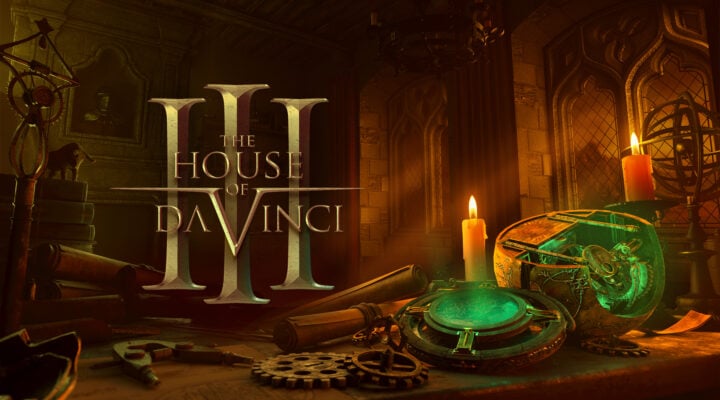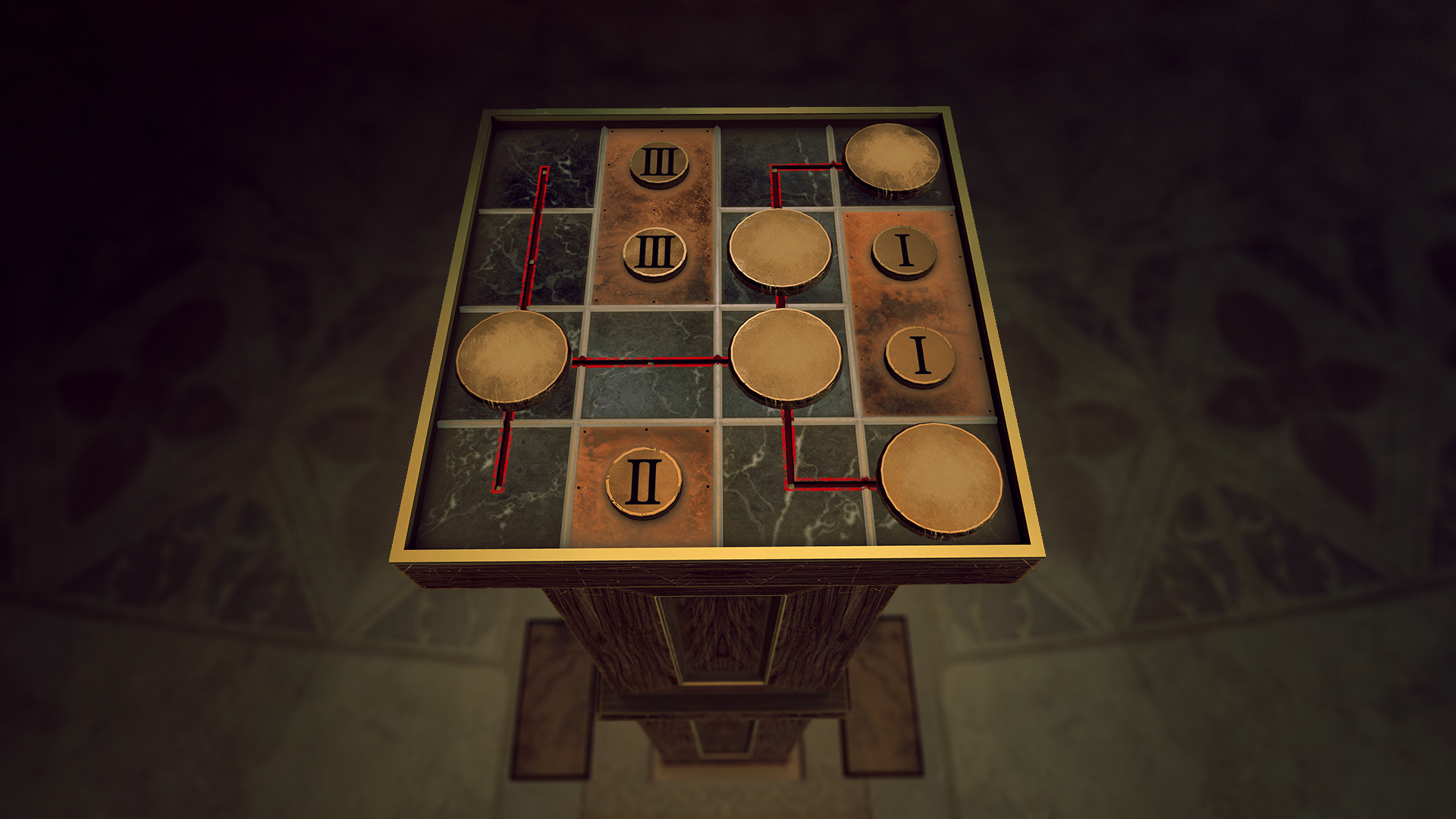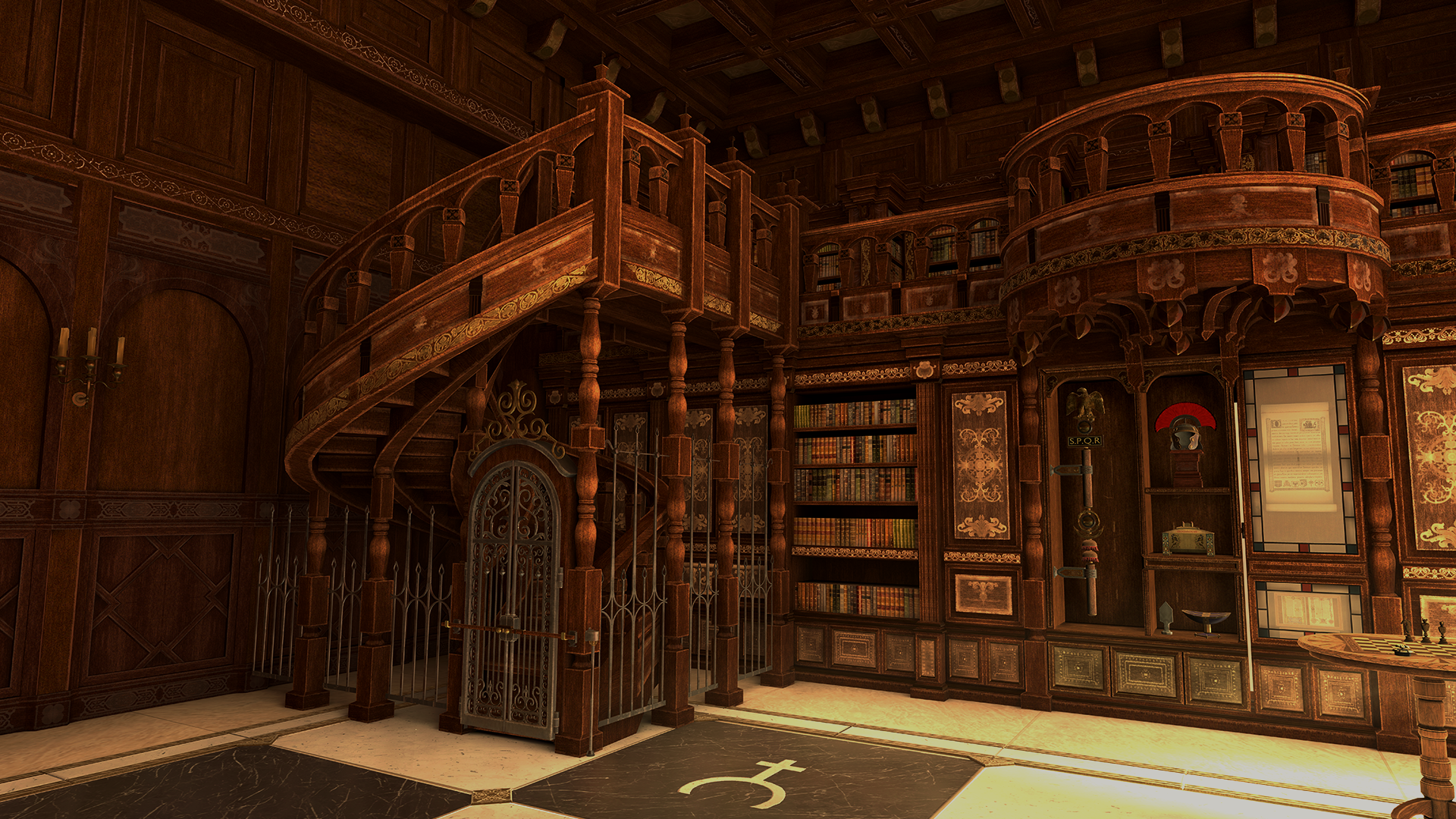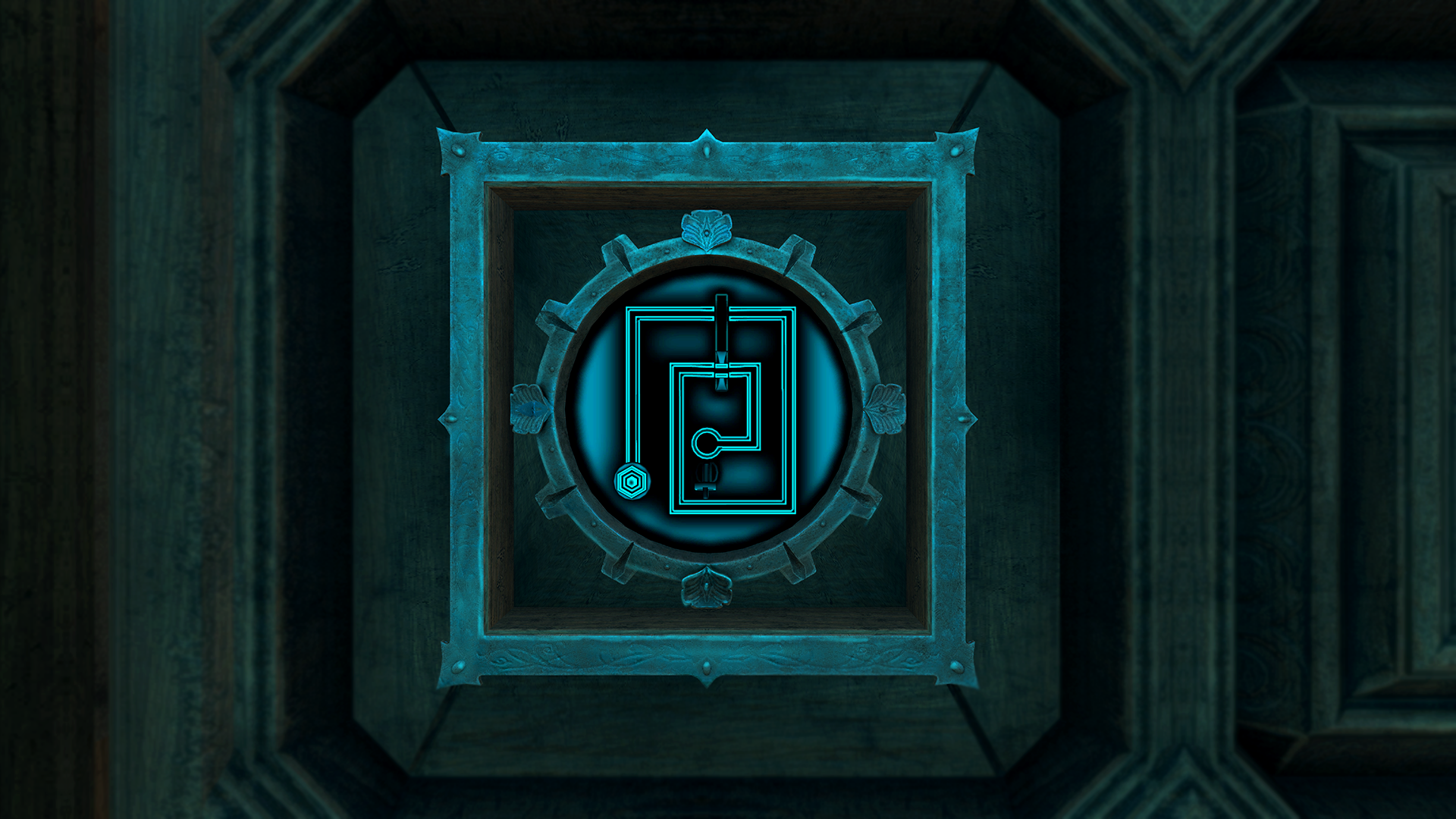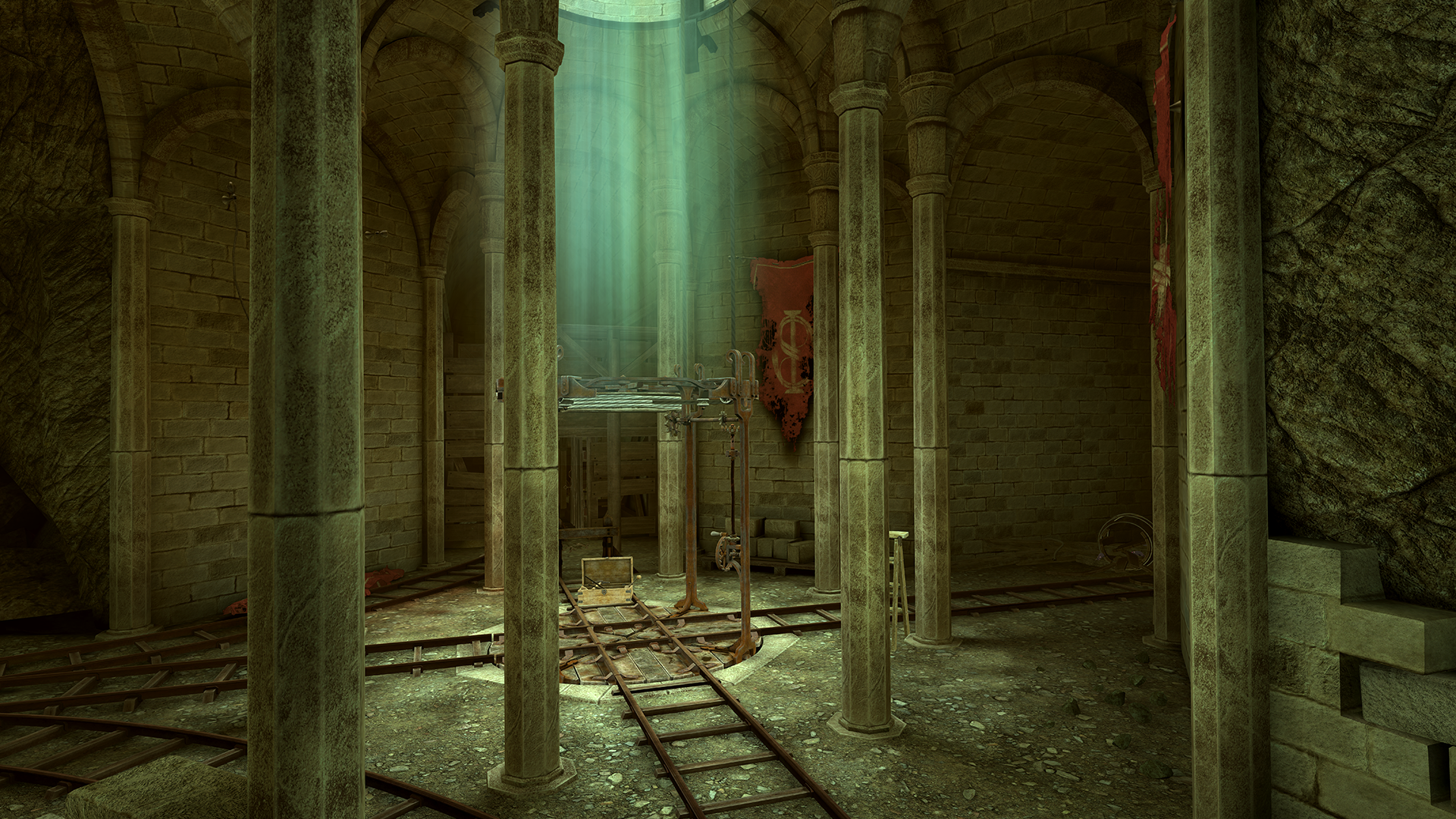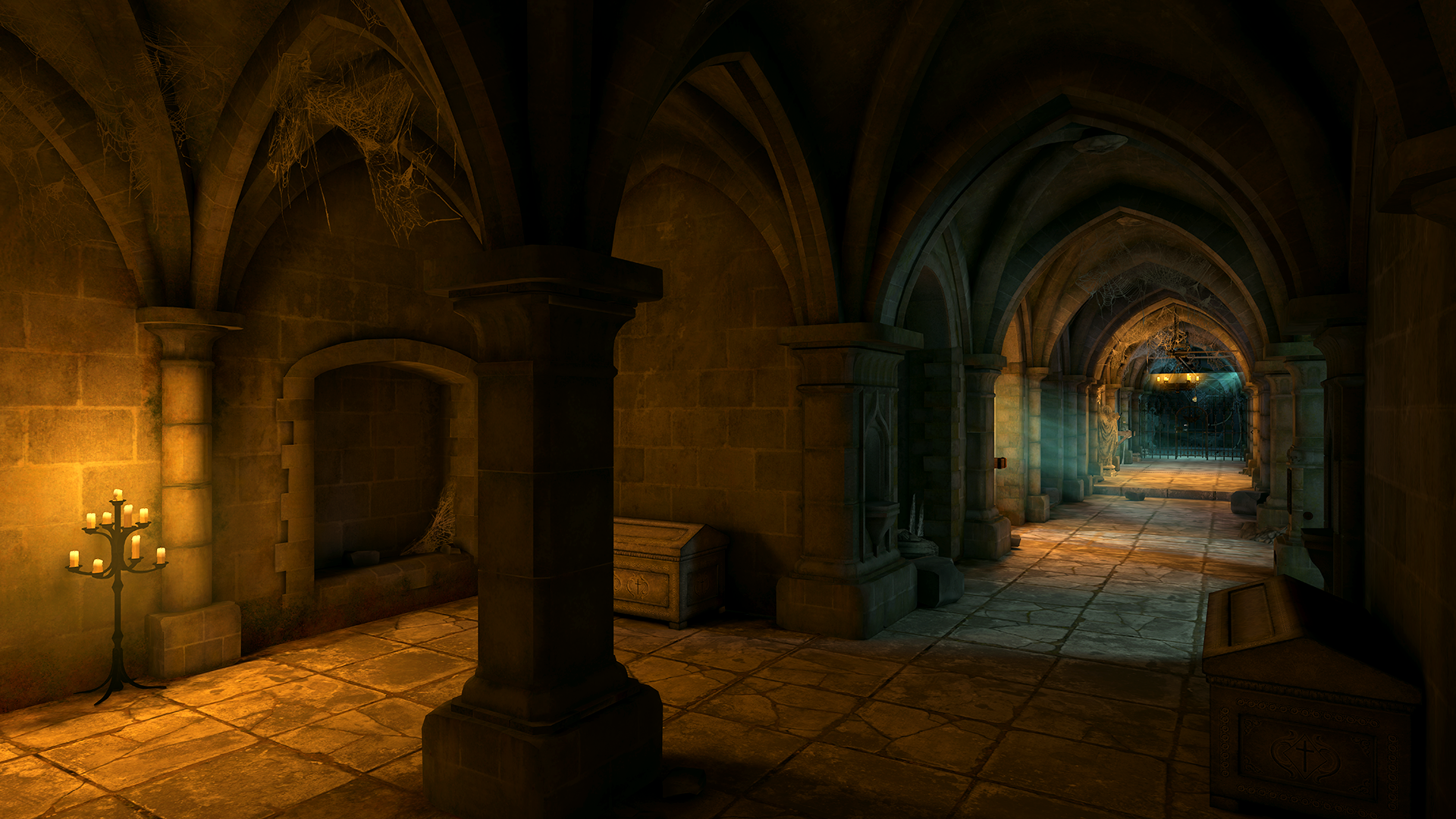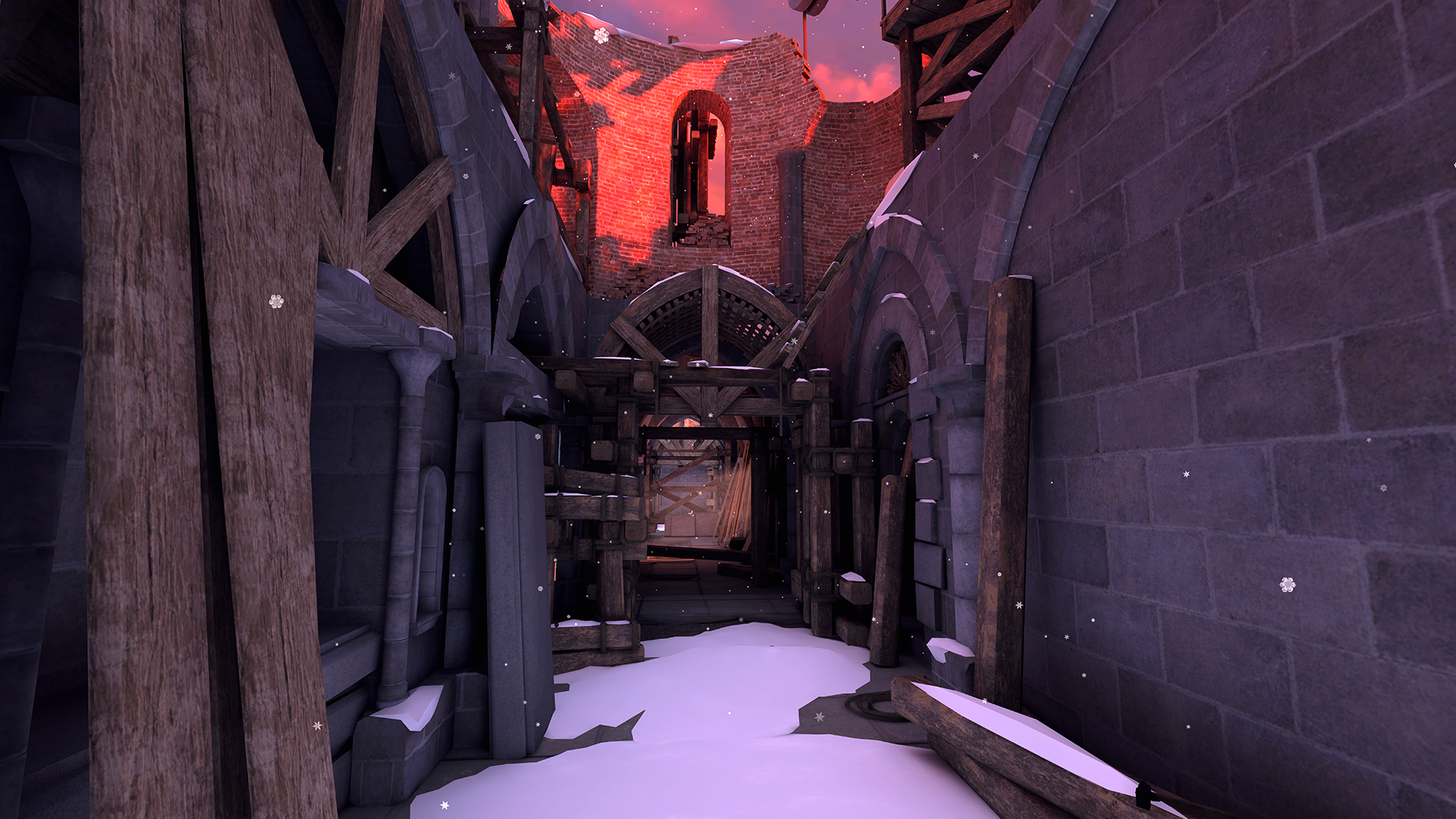When The House of Da Vinci arrived in 2017, it had the mixed blessing of being compared with The Room, Fireproof Studios’s seminal first-person puzzler for mobile.
On the one hand, great. The Room is a hugely popular title that won a ton of awards, including a BAFTA, an iPad Game of the Year gong from Apple, and a New York Video Game Critics Circle Award.
To be mentioned in the same breath as a game like that is high praise. And The House of Da Vinci clearly deserves the comparison. The second game in the series has a 4.8 user rating on the App Store – exactly the same score as its alleged inspiration.
But Room comparisons also do The House of Da Vinci a disservice. It brings in other influences too, from the steampunk aesthetic of Dishonored to the time-bending gameplay of The Legend of Zelda: Oracle of Ages.
Storywise, The House of Da Vinci 3 picks up where the last game left off.
At the end of The House of Da Vinci 2, series protagonist Giacomo was attacked by some mystery goons. This assault is still ongoing when the boot up the third game.
As the plot unfolds you’ll find out what’s going on through letters left behind by other characters, as well as some nicely acted and animated cut-scenes. You can review the whole saga whenever you like by consulting your journal.
But let’s get back to the opening. You’re stuck in a catacomb, and the Oculus Perpetua – the machine that allows you to go back in time and see the inner workings of machines – is in pieces.
Your first task is to repair it, if only because a functioning Oculus Perpetua might enable you to get rid of the rats that are blocking your way out of the catacomb.
A Streamlined Experience
That’s how puzzles tend to work in The House of Da Vinci 3. You’re presented with a problem, but before you can solve it you need to fix a cascade of smaller problems.
For example, the opening section involves pulling a lever. But the lever is broken, so you have to search for something to repair it with. Nothing is ever straightforward for poor old Giacomo.
Blue Brain Games claims to have refined the interface for this final outing in the House of Da Vini saga. The difference won’t blow you away, but getting around is simple and fairly intuitive.
You tap twice on an area to zoom in on it, or pinch, and you pinch to zoom out. To add an item to your inventory you tap it once. Interacting with objects involves tapping, sliding, rotating, and so on.
The House of Da Vinci 3 is an on-rails experience. It’s only possible to zoom in on objects that you can interact with.
Returning to that lever from a few paragraphs ago, once you’ve pulled it, it turns into scenery.
Likewise, a screwdriver that you use in the catacombs falls to the floor and essentially turns to stone once the screw is out. The same applies to entire areas of the map. As soon as there’s nothing else to do in a particular area, you can’t return.
This streamlines the whole game, preventing you from wasting time poking around in the wrong places.
Even so, you’ll probably want to play on a relatively big screen. For all that The House of Da Vinci subtly shepherds you away from fruitless areas, it doesn’t do much to highlight the elements that you can interact with.
In most cases your target is pretty obvious, but not always. You’ll spend a certain amount of time just jabbing away at the screen hoping to trigger a zoom-in or make something move – particularly if your phone is on the smaller side.
Turning up the brightness helps a bit. There’s a hint system, too, which gives you increasingly obvious prompts at no cost.
A Variety of Puzzles
The puzzles themselves vary. Some are mechanical, and involve operating fabulously complex contraptions, or finding components or tools to make them work. Others are straight-up sliding puzzles, requiring you to guide an object through a little maze.
Then there are the more oblique brainteasers. Each of these puzzles has its own unique logic that you have to work out for yourself. These are like being in an escape room, or playing The Witness.
Your Oculus Perpetua, meanwhile, adds a further dimension by letting you travel through a portal to make changes in the past that affect the present.
For instance (minor spoiler alert), travelling through the portal in the catacombs allows you to sever a rope that’s suspending a bell over a well. Back in the present, the bell is now covering the well, preventing the rats from entering the catacomb. You can finally escape.
Although The House of Da Vinci 3 is a fairly linear experience, there’s a decent amount of variety in its puzzles and the story is engaging.
It looks great, too, with a palpable renaissance atmosphere and some highly competent voice-acting. This is a fitting send-off to one of the most accomplished mobile puzzlers of the last few years.
If you’re stuck you can find a guide to the game here too.
